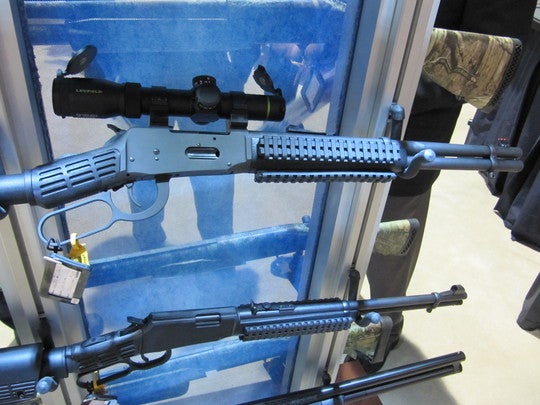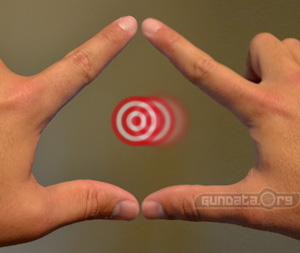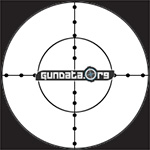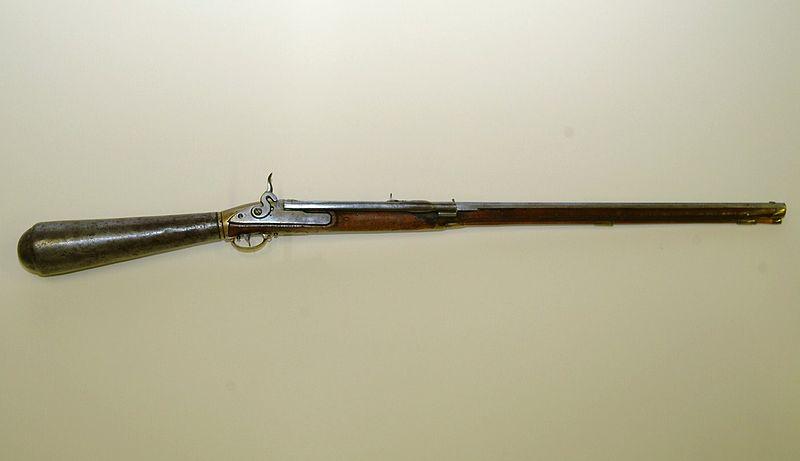The 500 S&W Magnum cartridge has been around for over seven years now, but no repeating rifles have been built to fire the .500 S&W Magnum cartridge, until now.

Big Horn Armory designed their rifle around the 500 S&W Magnum cartridge, instead of trying to adapt an existing rifle to fire the cartridge. Made primarily of 17-4 stainless steel and American black walnut, the Model 89 is a very good-looking and robust rifle, but still light enough and trim enough for quick handling.
The Big Horn Model 89 is a classy-looking carbine, very well fitted and finished. The walnut wears a durable synthetic finish and a thick, effective Pachmayr Decelerator butt pad. The forend has a slight belly to it for a secure grip, but is not overly done, and goes well with the pistol grip buttstock. The metal has a matte finish and an optional black finish is offered as well. The aperture rear sight is adjustable for both windage and elevation, and the steep ramp offers a lot of adjustment range in elevation to allow the carbine to be sighted in at a wide variance of distances with a variety of bullet weights. The front post sight is also adjustable for windage correction, and is black with a vertical white bar in its rear face. The rear aperture is also black, but has a brass insert, and the aperture can be removed.
Read the whole by Jeff Quinn article at:
http://www.gunblast.com/Bighorn89.htm
The .500 Smith & Wesson is expensive in a lever action, because of the pressures this cartridge operates at. The .500 S&W runs chamber pressures up to and sometimes over 60,000 PSI. Lever actions were meant for much lower pressure cartridges like the .45-70, .30-30, .35 Remington, along with all of the handgun cartridges they chamber.
This lever action had to be custom designed and built to much higher standards to cope with the high chamber pressures of the .500. It was not as simple as converting an existing action from Marlin or Winchester.
Watch this YouTube Video:
Big Horn Armory Model 89 500 S&W Magnum Levergun - Gunblast.com
http://www.youtube.com/watch?v=Vmjb-52L2bY
Mossberg Tactical 464 SPX Lever Action
Mossberg has introduced a range of Mossberg 464 lever action rifles pimped out with picatinny rails, six position adjustable stock (including adjustable comb height), 3-dot fiber optic sights and flash suppressor.

While they look weird, and are more than a little “tacti-cool”, they are practical. For both hunting and self-defense being able to mount accessories, such as lasers or flashlights, makes perfect sense. The adjustable stock works as well on a lever action as a semi-automatic.
The rifles will be avalible in .22 LR (18″ barrel, 13+1 capacity) and .30-30 (16″ barrel, 5+1 capacity). There is also a “ZMB” model
The 464 is, most basically, a lever action rifle without the wooden furniture. Rather than go to great lengths to make the polymer look exactly like the wood it is replacing, Mossberg adopted the tools of the tactical trade. The forend is covered up in rail. And the stock, which is made by ATI (who makes all kinds of stocks) is actually adjustable.
The 464 holds five in the tube. Beneath the flash suppressor, the barrel is threaded. The rail covers the fore-end, but doesn’t extend to the top. A rail section could be added up top, or there are options for a traditional scope mount.
The SPX weighs in at 7 pounds, and has a 16-inch barrel. With the flash suppressor, the rifle is 34-inches long.
Read the full review at Guns.com













